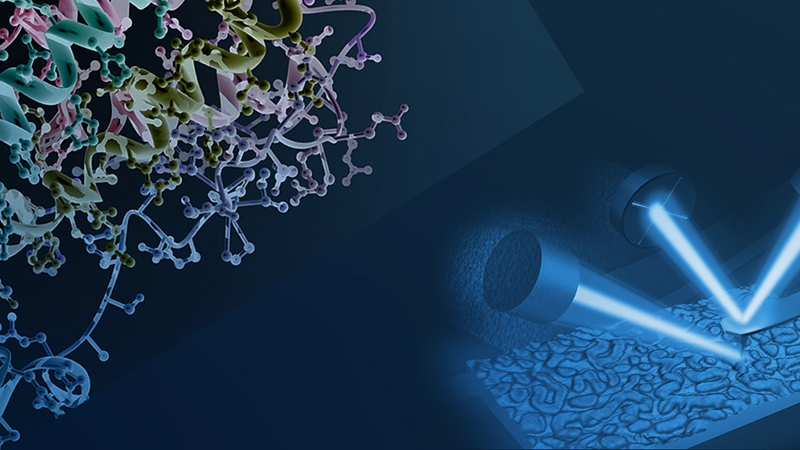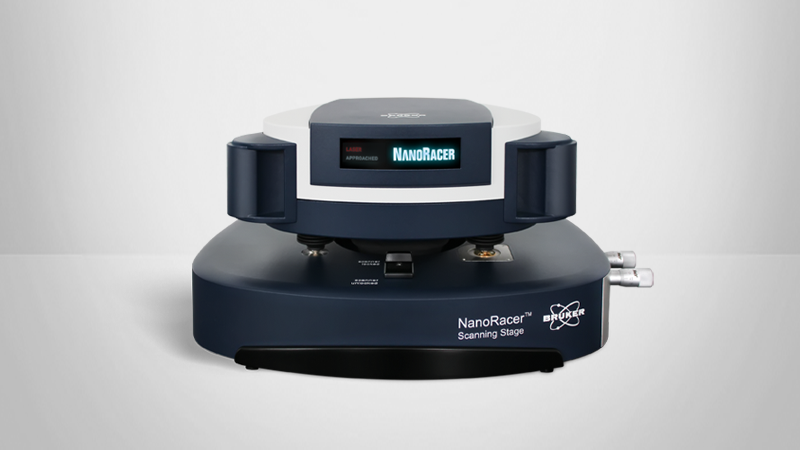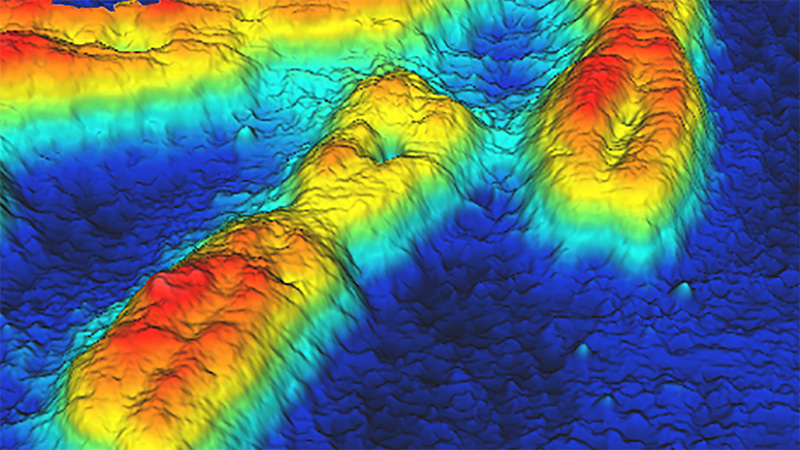

High-Speed AFM in Life Science Applications
High-speed AFM creates new opportunities for life science research, enabling investigation of previously inaccessible structures and events.
In this two-part webinar, the Bruker bioAFM applications team discusses the use and current capabilities of high-speed AFM, including a short overview of the technique, before demonstrating the NanoRacer High-Speed AFM LIVE from our laboratories in Berlin, Germany.
Additionally, Prof Anselmetti provides insight into his work using High-Speed AFM, focusing on industrial R&D applications.
Understand the Advantages of High Speed AFM in Life Science Research
Atomic Force Microscopy (AFM), an advanced multi-parametric imaging technique, not only delivers high-resolution 3D images of the topography of living biological samples in the nm-range, but also enables the characterization of the nanomechanical properties of molecules, cells, and tissues, and the visualization of structural changes taking place at the molecular level.
This three-part webinar includes the following individual presentations:
- High-Speed AFM in Industrial R&D Applications: From Single Molecules to Material Science
- Introduction to High-Speed AFM in Life Sciences
- Live Demonstration: NanoRace
Find out more about the technology featured in this webinar or our other solutions for surface measurement:
High-Speed AFM in Industrial R&D Applications: From Single Molecules to Material Science
In this talk, Dario Anselmetti, Ph.D., present the results of novel studies using the High-Speed AFM technology, with a particular focus on industrial R&D applications.
The results, obtained in experiments using two different high-speed AFM systems, were conducted under in-situ conditions, in a broad and controlled temperature range, and using material-specific imaging modes, such as the Kelvin probe mode. He used High-Speed AFM for applications as varied as the investigation of the molecular structure, dynamics and interplay of nucleic acid systems designed for immuno- and gene therapy applications, polysaccharides in the food industry and corrosive aging in technical polymers and stainless steel surfaces in material science.
Featured Products and Technology
Dario Anselmetti, Ph.D.
Professor for Experimental Biophysics and Applied Nanoscience
Bielefeld University and Bielefeld Institute for NanoScience (BINAS), GermanyDr. Dario Anselmetti holds the chair in Biophysics and Nanoscience in the Physics Department of Bielefeld University. After obtaining his academic degree in Physics in 1987 and PhD on the topic of SPM in 1990, both from Basel University, he took on a postdoc position at the IBM Research Lab in Rüschlikon, Swizterland. After a collaboration with the industrial partner Hoffmann-La Roche, he joined the research department of Novartis (former Ciba-Geigy) in 1994 as a research associate and project leader in nanotechnology and biophysics. In 2000, he returned to academia, taking up his current position.
Dr. Anselmetti has authored over 200 scientific publications and owns several patents in the field of single molecule biophysics, SPM, AFM single molecule force spectroscopy, micro- and nanofluidics, optical tweezers, and nanopores. He is a Novartis Leading Scientist (1998) and a member of the North Rhine-Westphalian Academy of Sciences, Humanities and Arts (2005).


